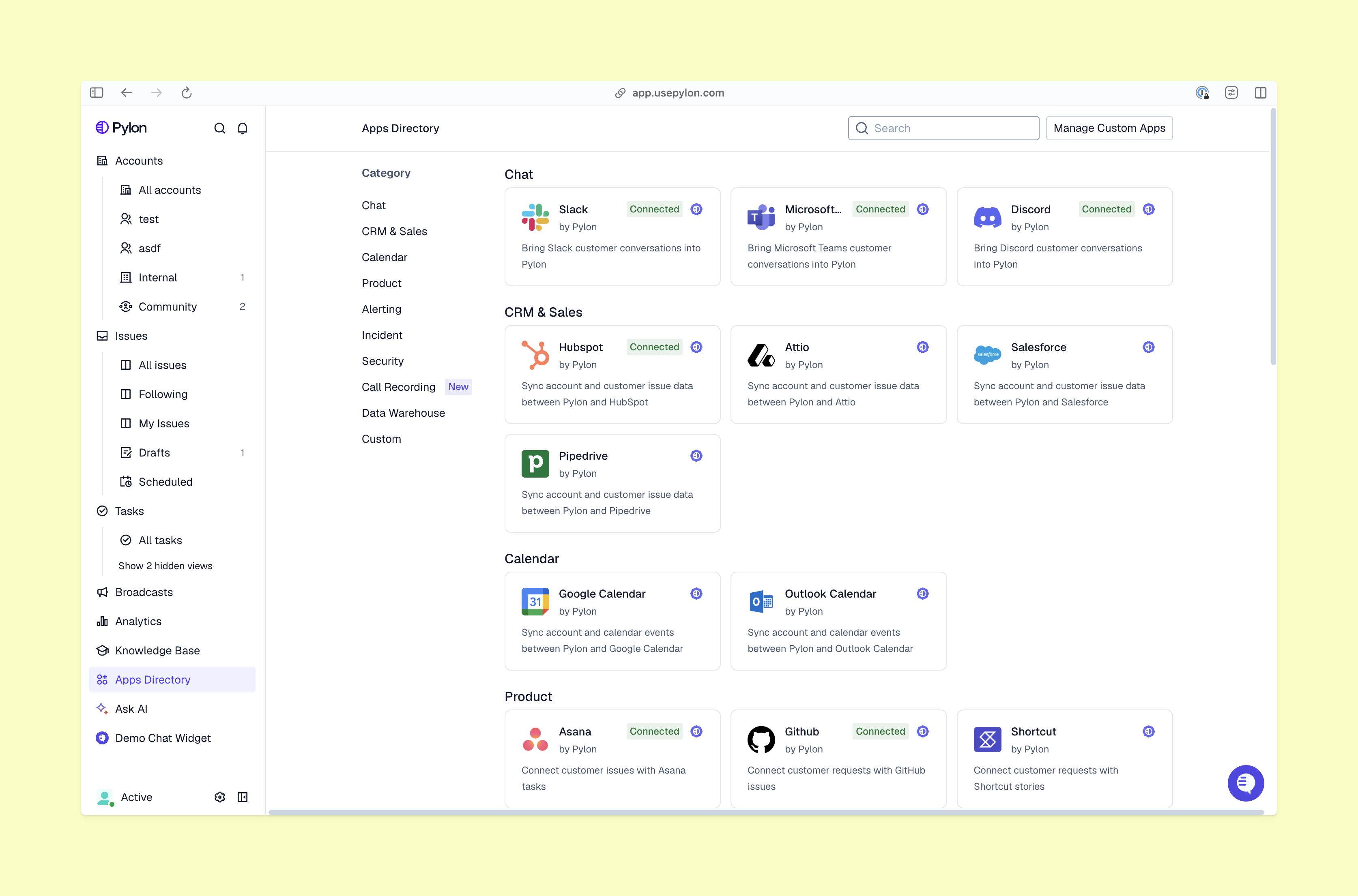Customer Lifecycles: A Guide to Customer Journeys for Sustainable Growth
Perfect the customer lifecycle from awareness to advocacy. Learn the five stages, analysis tools, and best practices to boost satisfaction and growth.
Company growth isn’t accidental. To scale and bring in more revenue, you need to understand how your accounts move through every stage of the customer journey.
That process is the customer lifecycle. When your post-sales team uses lifecycle insights to manage accounts, you can anticipate your customer’s needs, build stronger long-term partnerships, and improve retention.
This guide explains what the customer lifecycle is, why it matters, and how to analyze and optimize it for sustainable growth.
What’s the Customer Lifecycle?
The customer lifecycle is the long-term relationship and interactions between you and your customers. Laying out the lifecycle helps post-sales teams understand how to provide ongoing value to customers, build retention, and drive renewals.
Customer lifecycle management (CLM) is a way to track the customer lifecycle journey for better business outcomes. Even after the sales team closes the deal, customer success and support teams work with customers on their long-term needs.
For example, you’ll likely focus on onboarding and implementation when you sign a new customer. Then a few months later, their retention depends more on proactive support and check-ins on product needs. You can prepare for these changes ahead of time by being aware of different customer lifecycle stages.
Why Understanding the Customer Lifecycle Matters
You need to know where your accounts are in the lifecycle to personalize your customer support.
Once you understand the different customer lifecycle stages, you can:
- Tailor responses based on customer behavior, engagement, and sentiment
- Identify product drop-off points before churn happens
- Allocate resources to high-value accounts
- Measure customer satisfaction over time
Teams that have a clear customer success strategy build stronger relationships with customers, which can differentiate them from competitors.
5 Customer Lifecycle Stages Explained

While there are some differences between industries, most customer lifecycles follow five stages: awareness, consideration, purchase, retention, and advocacy.
1. Awareness
Awareness starts when someone discovers your product or company. In this stage, prospects are still learning about you, so visibility and credibility matter the most.
2. Consideration
Once prospects are familiar with your company, they’ll start researching and comparing your product in more depth.
3. Purchase
This is when a prospect turns into a customer — but the lifecycle doesn’t end with a closed deal. At this point, your support, customer success, and solutions teams need to handle any data migrations, onboarding, and initial customer outreach well.
Support teams need to make sure new customers see quick time to value. Success teams can personalize early check-ins and collect feedback about onboarding or setup to inform future conversations.
4. Retention
Retaining existing customers is much more cost effective than getting new ones, so this stage is important to scale sustainably.
Your team can implement retention strategies like proactive customer support and ongoing customer outreach. And you can use context from support interactions over time to identify upsells or expansions when customer needs change.
You can also track metrics like product usage, adoption, and customer sentiment to detect when customers are struggling with your product. This way, support teams can act early to prevent churn. Pylon Account Intelligence pulls customer context across support conversations so you can see which accounts are doing well and which need more support.
Book a demo to see how it works
5. Advocacy
Advocacy is the final (and often most powerful) stage of the customer experience lifecycle. When customers have a great experience with your product and team, they can become long-term advocates who share their success stories and refer others.
Post-sales teams can encourage this by consistently personalizing customer support and implementing feedback.
Analyzing the Customer Lifecycle
You can do a customer lifecycle analysis to understand how to approach support and retention. It identifies how accounts progress through your funnel, what influences their purchasing or renewal decisions, and where there’s potential friction.
Here are four steps for a customer lifecycle analysis:
- Map customer touchpoints. Outline every interaction with your customers, from onboarding to reactive support to proactive check-ins.
- Collect performance data. Review quantitative metrics like onboarding speed, feature adoption, and churn rates.
- Segment your audience. Group customers by shared characteristics like tier or sentiment.
- Identify bottlenecks. Check for moments when engagement is down or product usage drops.
Platforms to Help Manage the Customer Lifecycle
Manually managing customer lifecycle data is a lot of work. But some support platforms automatically unify your customer data and automate account management workflows for your post-sales team.
Look for support platforms with features including:
- CRM integrations so you can automatically pull in your customer data.
- Automation that generates workflows to manage onboarding or renewals.
- Analytics dashboards that put your support data in one place so you can spot patterns in churn, satisfaction, and sentiment.
Many CRM platforms, like HubSpot, Gainsight, and Totango, have CLM features, but they don’t have the connected customer context or tools to support your entire post-sales team. Pylon solves this by integrating all the conversational data across your support conversations (from Slack messages, emails, chat, call recordings, and more) and automating account management workflows. Account Intelligence helps you calculate custom health scores, spot churn risks, and generate actionable tasks based on unified customer context, so you can improve retention.
CLM Best Practices

For strong CLM, you need cross-team collaboration, data visibility, and continuous refinement. Here are some best practices:
- Centralize your customer data. Pull your support and customer success conversations into one platform, so everyone has shared context on customer needs.
- Personalize every interaction. Use that shared context to deliver support that feels relevant and valuable to customers.
- Automate communication, but stay authentic. Keep your support consistent between team members and AI by defining voice and tone and regularly reviewing AI-drafted messages. Automation helps teams scale customer support, but you still need a human tone to maintain long-term connections.
- Track sentiment and engagement. Regularly monitor retention metrics like churn signals and satisfaction so you can intervene early when customers are starting to drop.
- Encourage collaboration across teams. Align support, customer success, and solutions teams under shared lifecycle management goals.
Strengthen Your CLM With Pylon
The customer experience lifecycle can guide your post-sales team on how to support and retain customers.
When you manage it effectively, the customer lifecycle can be the engine for your company’s sustainable growth. By using lifecycle insights to inform your support and customer success interactions, you can build lasting partnerships with customers.
Pylon is the modern B2B support platform that offers true omnichannel support across Slack, Teams, email, chat, ticket forms, and more. Our AI Agents and Assistants automate busywork and reduce response times. Plus, with Account Intelligence that unifies scattered customer signals to calculate health scores and identify churn risk, we're built for customer success at scale.






